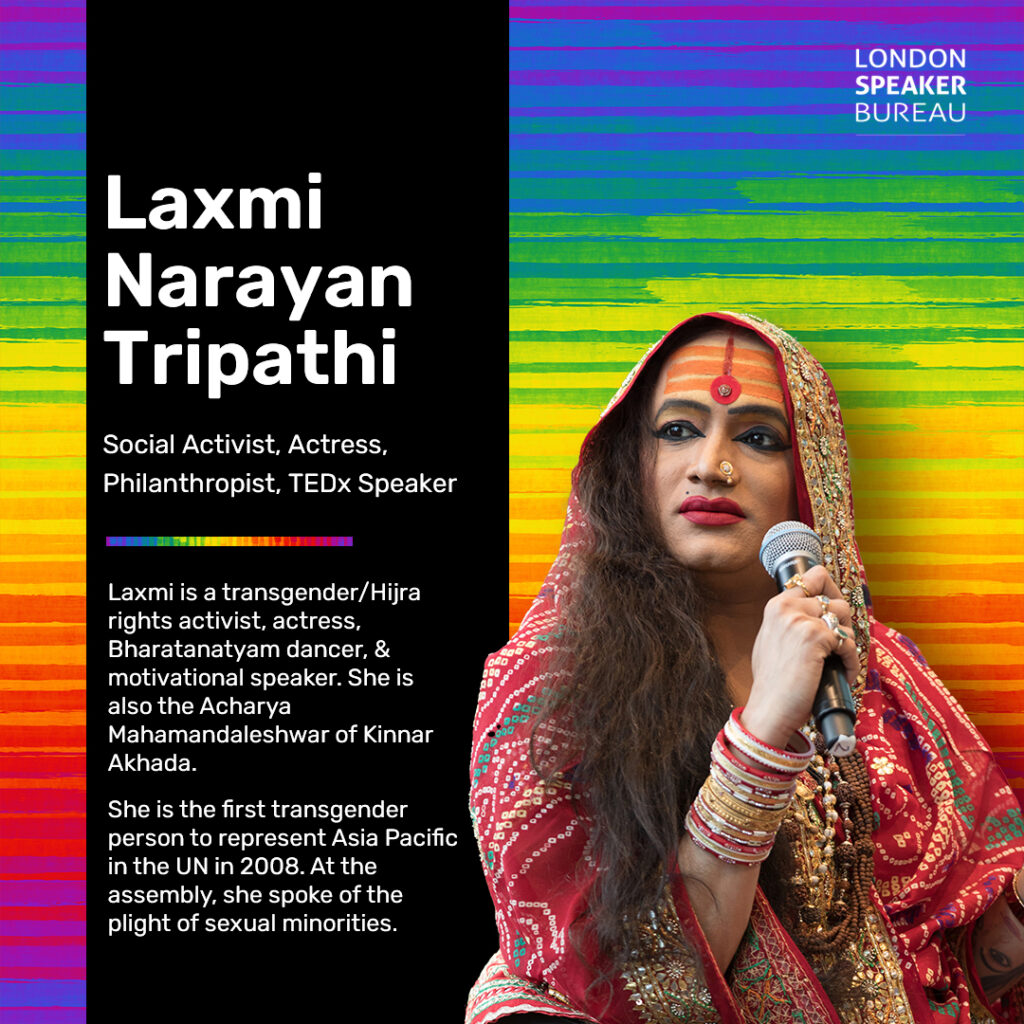A Pride Month deep‑dive with Nai Mu on Ticy City
Hey, culture‑curious friends—Nai Mu here, streaming live from God’s City. Pride Month 2025 feels like the perfect moment to celebrate the rich, rainbow‑colored lore hiding in Hindu myths. From shapeshifting gods to a third‑gender community blessed by royalty, here’s your whirlwind tour of divine gender diversity—no ancient‑text degree required.

Bahuchara Devi & the Rise of the Hijra
Last week we met Bahuchara Devi, the fierce patron of India’s Hijra—people who identify outside the male/female binary. While acceptance on the ground is still shaky, the Hijra community has produced changemakers:
- Joyita Mondal – Bengal’s first transgender judge
- K. Prithika Yashini – Tamil Nadu’s first transgender police inspector
- Natasha Biswas – winner of the inaugural Miss Trans Queen India
- Laxmi Narayan Tripathi – the activist who helped secure legal gender recognition in 2014
Rama’s Unbreakable Promise
Flip to the Ramayana. When Kaikeyi forces King Dasharatha to crown her son Bhrata instead of Rama, the prince heads into 14 years of exile with Lakshmana and Sita in tow. Citizens of every gender trail after him in grief, but Rama stops them at the city gate:
“Men and women, go home and serve Bhrata as you would me. We’ll meet again in 14 years.”
Who stays behind? The Hijra—neither man nor woman—who camp outside Ayodhya until Rama returns. Touched, Rama grants them a potent blessing: their words of praise—or curse—will always come true. Suddenly, Hijra voices matter at weddings, births… and yes, people think twice before dismissing their power.
God Shiva × God Vishnu = Ayyappan
During the cosmic Churning of the Ocean, God Vishnu morphs into the enchantress Mohini to outwit demons. One deity completely smitten? God Shiva. Their union produces Ayyappan, the very hero destined to slay Mahishasura Sister (a boon cooked up by that crafty demoness herself). The fusion of Shiva and Vishnu earns its own ship‑name: Harihara.
Arjuna’s Year in Heels
Jump to the Mahabharata. Celestial beauty Uravasri falls for Arjuna. Rejected, she curses him with a Yoni—a female body—for life. Dad (Indra) negotiates it down to one year, which Arjuna later spends undercover as Brihannala, the dance‑teaching Hijra to princess Uthra in King Virata’s court. Talk about stealth talent!
Ardhanariswara: One Body, Two Souls
Meet Ardhanariswara—half God Shiva, half Parvati goddess. This split‑down‑the‑middle icon reminds us that masculine and feminine energies are inseparable. Inspired, Brahma finally creates women to keep humanity going. A Vishnu‑Lakshmi remix shows up later as Phra Vaikuntha Kamalaaj.
When Ganesha Goes Goddess
Even elephant‑headed Ganesha embraces the feminine as Ganeshani or Vinayak—a curvy, elephant‑faced form born from the combined force of Trishakti (Parvati, Lakshmi goddess, Saraswati goddess). Moral of the story? Divine power never fits in one gender box.
Why These Myths Still Matter
From Rama honoring the Hijra to Shiva and Vishnu smashing the boys‑club ceiling, Hindu epics prove that queerness isn’t a modern glitch—it’s woven into cosmic DNA. So this Pride Month, take comfort (and maybe a little swagger) in knowing the gods have been bending gender since time immemorial.
Story by Nai Mu